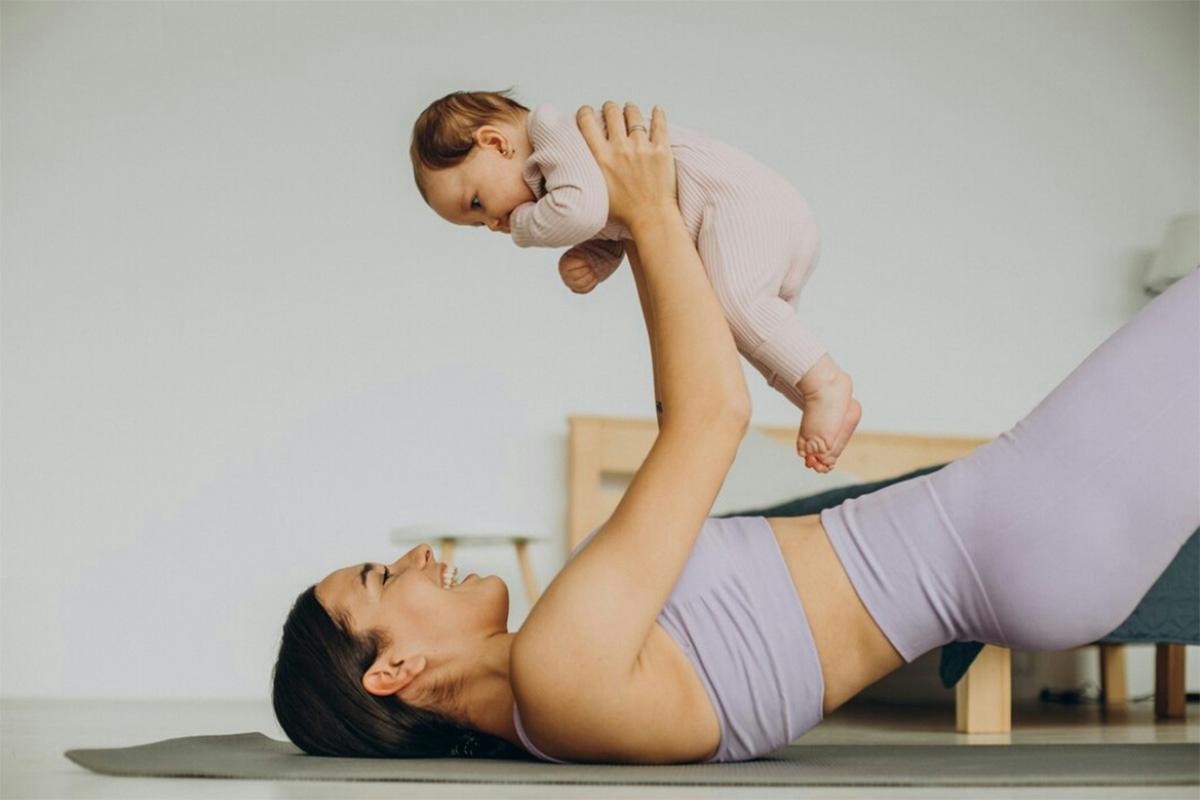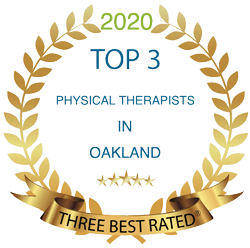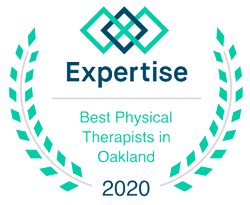Introduction
Bringing a new life into the world is a transformative experience, and for active moms who love running, the desire to return to the sport can be strong. However, it’s essential to approach postpartum running with care and consideration for the changes the body has undergone. In this blog post, we’ll provide a comprehensive guide for new moms, including exercises, progression ideas, the role of pelvic floor therapy, and key symptoms to be mindful of during the journey back to running – to make sure that you can get back to what you love NOW, while also ensuring strength and resilience for years down the road.
Understanding the Postpartum Body
To embark on a successful return to running, it’s crucial to understand the changes the body undergoes during pregnancy and childbirth. Hormonal fluctuations, changes in muscle tone, and the impact on the pelvic floor are all factors that influence a new mom’s ability to resume running. We’ll delve into these aspects to set the foundation for a mindful and gradual comeback.
Think about all that changes during pregnancy:
- Abdominal muscles stretch
- Feet and ankles are supporting more weight
- Pelvic floor muscles work to support more load during pregnancy, as well as stretch during delivery
- Ribcage expands to make room for baby
- Postural changes to compensate for growing belly
As much as we would love for all of these things to all of a sudden go back to “normal” right away…it’s just not how it works. Your body got used to a new and different way of moving, and sometimes those habits and changes stick around if not addressed – and they aren’t always the most supportive for optimal running performance.
The pelvic floor muscles and your healing tissues also just need TIME to heal and recover, and honoring those tissue healing timelines is also an important consideration.
Pelvic Floor (and other) Exercises for New Moms

Pelvic floor muscles play a significant role in running and can be affected during pregnancy and childbirth. Instead of just automatically doing kegels for hundreds of reps, it is important to consider the other functions of pelvic floor muscles outside of just contracting and tightening – can then LENGTHEN and relax? Can they AUTOMATICALLY respond without you thinking about them? Do they COORDINATE with your movement well?
Strength, flexibility, AND coordination. Focusing on these aspects will help train the pelvic floor to work well again with your breath and your body, so they work WITH you and not against you during running. These exercises will not only aid in the recovery process but also contribute to enhanced performance and stability during running.
It is ALSO just as important to strengthen OTHER areas of your body for running performance. Glutes, upper back, core, calves, feet, quads, spine….there is so much strength and coordination required! A comprehensive strength plan can help make your transition back to running so much stronger and more efficient.
Progression Ideas for Returning to Running
A gradual approach is key when reintroducing running postpartum. A recent 2023 consensus statement (Christopher SM, Donnelly G, Brockwell E, et al. 2023) recommended that after a minimum of 3 week period of rest and recovery, then an INDIVIDUALIZED approach to progression back into running can be considered. This means that not everyone is going to have the same starting point, and your progression of exercises should be individualized to what your body needs.
Here are some GENERAL ideas to consider BEFORE initiating running:
- Abdominal strength and coordination: Can you engage your core easily? Can you get a good brace while maintaining a steady breath? Are you able to brace without feeling pressure down on your pelvic floor? Can you engage your abdominals with clenching your glutes?
- Single leg balance: Are you stable on one leg? Can you hold your balance through an RDL movement? Can you hold your balance on an uneven surface?
- Single leg strength: Can you perform a single leg squat with stability? Can you control it all the way down and stand back up with no hand support, and good foot and knee control?
- Calf strength: Your feet and ankles were also affected during pregnancy, so working on strengthening your feet and calves will help support your body from the ground up.
- Impact progressions: Start with light bouncing, then double leg hops, then single leg hops, then lateral or front to back hops, etc. Progress into more impact, making sure you feel controlled, strong, stable, and your pelvic floor is strong with all of it.
- Walk/Run progressions: Instead of just jumping straight into a 3 mile run for your first time back….try walking for 2 minutes, running for 1 minute. Repeat for 20 or so minutes. Then gradually extend the time you are running, or start making the running intervals longer and walking intervals shorter. Progress this pattern week by week.
The Role of Pelvic Floor Therapy

Pelvic floor therapy can be a valuable ally for new moms looking to resume running. Pelvic floor therapists work with individuals to address specific concerns, provide personalized guidance, and create tailored rehabilitation plans. Highlighting the benefits of seeking professional support, this section will emphasize the importance of incorporating pelvic floor therapy into the postpartum running journey.
This is where choosing the right PT for you is very important – if you are on the table every session, only doing internal treatment, and not progressing into more challenging movements that resemble movement patterns you need for running, then you are not going to make progress.
A fitness forward PT who understands the demands of your sport and activities is going to be your best option to make sure your plan is challenging enough and will progress you to where you want to be.
Symptoms to Watch For
So how do you know if you are doing too much, too fast?
While the goal is to return to running, it’s crucial to be aware of potential red flags and symptoms that may indicate the need for adjustments or professional intervention.
If you are experiencing symptoms like bladder leakage or urgency, pelvic pain, heaviness/pressure, back or hip pain/discomfort, or have any concerns about soreness – then consult with a pelvic floor therapist for further guidance and support. If you experience any increased bleeding, consult with your medical provider before continuing with your plan.
Conclusion
Empowering new moms to return to running involves a holistic approach that addresses the physical and emotional aspects of postpartum recovery. By incorporating targeted exercises for the WHOLE BODY,, following a thoughtful progression plan, and considering the benefits of pelvic floor therapy, moms can embark on a fulfilling and sustainable running journey. Remember, each individual’s postpartum experience is unique, so listening to the body and seeking professional guidance are essential components of this empowering process. Happy running!
Cheers,
Logan Lynch
Owner & Head Clinician at Life In Motion Physical Therapy




